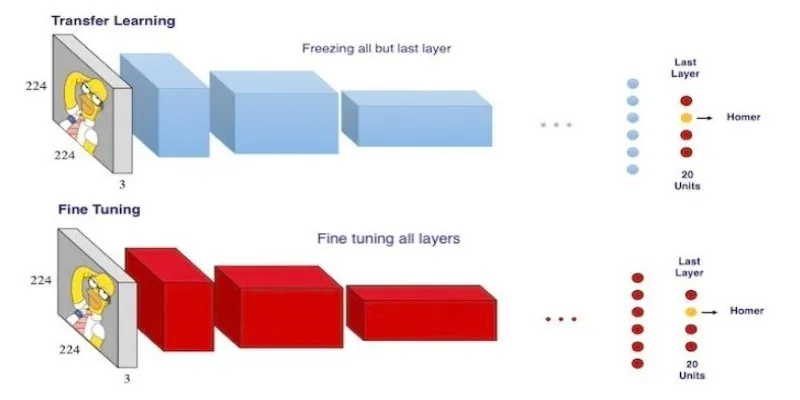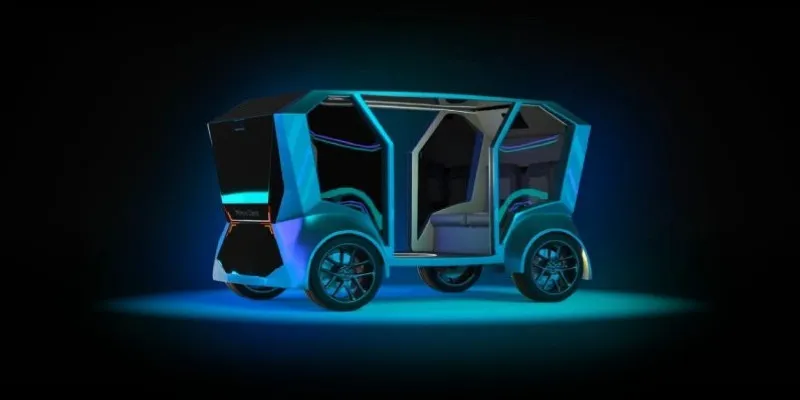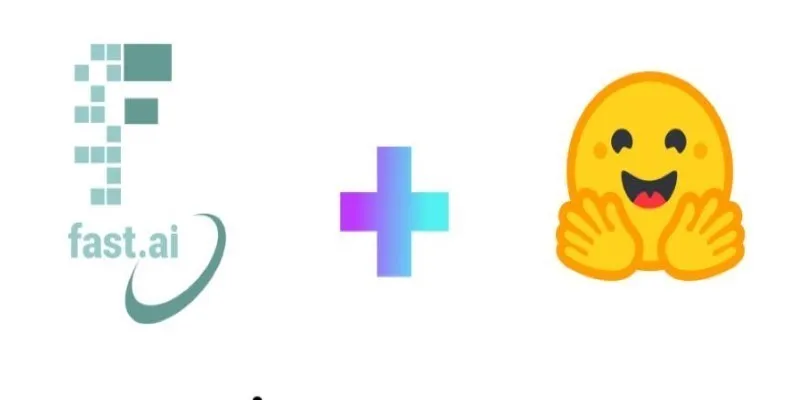People often assume chatbots need cloud servers, high-end GPUs, and costly infrastructure. However, smaller language models are proving that effective assistants can run entirely on a laptop. A great example is Phi-2, a compact transformer model from Microsoft. When paired with Intel’s Meteor Lake chips, it provides a fast, responsive chatbot experience—without relying on the cloud or an internet connection.
Phi-2 isn’t designed to compete with massive models in terms of size. Instead, it’s optimized for performance on limited hardware, making it ideal for local use. With Meteor Lake’s hybrid architecture, you get strong performance and complete privacy right from your device.
What Makes Phi-2 Special?
Phi-2 consists of just 2.7 billion parameters. This might sound small compared to GPT-style models with hundreds of billions, but Phi-2 shines through clever pretraining choices that extract more value from fewer parameters.
The training data for Phi-2 emphasizes curated, textbook-like content. This allows the model to excel in reasoning and comprehension, despite its smaller size. While it doesn’t match the depth of a cloud-hosted LLM, it answers questions clearly, follows instructions reliably, and operates efficiently on minimal hardware.
Most large models require multiple A100 or H100 GPUs, but Phi-2 can run on a laptop CPU, especially with onboard accelerators. This is where Intel Meteor Lake becomes pivotal.
Intel Meteor Lake and Local AI
Meteor Lake isn’t just another generation of Intel chips; it’s a revolution toward processors that handle AI at the hardware level. Each Meteor Lake chip contains a new NPU (neural processing unit) optimized for tasks like matrix multiplications and token sampling. This NPU works alongside the CPU and GPU, taking over specific workloads.

Running Phi-2 on Meteor Lake means more than simply deploying the model on a laptop. It involves using a chip that offloads work to the NPU, freeing up the CPU and GPU for other tasks. This approach is not only power-efficient but also faster. You don’t need a dedicated GPU for effective chatbot responses, as the NPU handles the heavy lifting.
Another advantage of the Meteor Lake setup is software support. Tools like ONNX Runtime and Intel’s AI toolkit facilitate running models like Phi-2 in a quantized format. With INT4 or INT8 quantization, the model uses less memory without compromising accuracy in everyday queries. This enables smooth real-time inference on a laptop.
The true benefit is local execution. No internet connection is required, and no third-party server logs your interactions. Everything happens on your machine.
Running a Chatbot That Respects Privacy
Running a chatbot locally isn’t just a tech experiment—it’s a paradigm shift in AI usage. Most consumer chatbots send every message to the cloud for processing, raising privacy concerns, especially for personal tasks like journaling or handling sensitive emails.
With Phi-2 on Intel Meteor Lake, your conversations remain on your laptop. This is crucial for anyone who values digital privacy. You can ask questions, get summaries, or rewrite drafts without worrying about data being stored elsewhere.
This setup also benefits scenarios where cloud tools fall short. Imagine a field worker in a remote location or a student working offline—they don’t need constant connectivity to access a smart assistant. As long as the laptop is charged, the model is ready to go.
There’s a subtle shift here: AI becomes a local companion instead of a distant service, unaffected by outages or API limits. Plus, since Phi-2 is compact, it loads fast, enabling you to start interacting with the chatbot in seconds.
Practical Setup and Limitations
Getting Phi-2 running on a Meteor Lake laptop is simpler than you might expect. By using Hugging Face Transformers, you can download the model and convert it to ONNX or GGUF. With quantization, even 8GB of RAM is usually sufficient. You can run inference using basic Python scripts or launch a lightweight web UI, such as the Text Generation WebUI or LM Studio.

That said, there are limitations. Phi-2 is trained on general-purpose material, so it’s not a specialist in fields like medicine or law. Its responses are best suited for everyday inquiries, light summarization, or personal productivity. It won’t produce long-form creative content or conduct in-depth technical analyses. However, for local assistance, it performs admirably.
Memory is another consideration. While Phi-2 is lightweight, it still requires several gigabytes of RAM. Older laptops may struggle, especially without AVX instructions or hardware acceleration. Nonetheless, most new Meteor Lake machines handle it well, especially with a few tweaks to how you load and quantize the model.
Once set up, you’ll find it surprisingly useful. It operates offline, doesn’t require login or subscriptions, and won’t upload your prompts to the cloud.
Conclusion
Having a chatbot on your laptop once felt like a science project. Today, with Phi-2 on Intel Meteor Lake, it feels like a regular app. The performance is adequate, privacy is integral, and the setup is lightweight enough to run alongside your typical applications. While it’s not enterprise-grade AI, that’s not the goal. What you get is a personal assistant that respects privacy—no subscriptions, no data collection, and no server delays. Just a small, smart model on your machine, ready to assist whenever you are. For many, this is the type of AI that seamlessly integrates into daily life.
For further reading on language models and local AI processing, visit Hugging Face and Intel’s AI Toolkit.
 zfn9
zfn9











